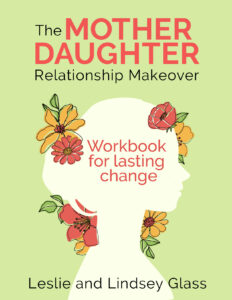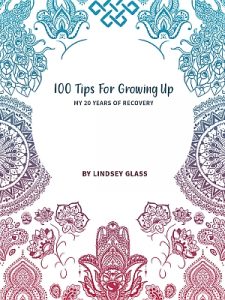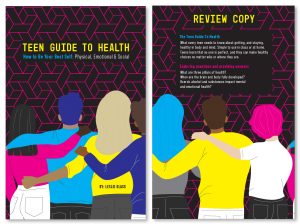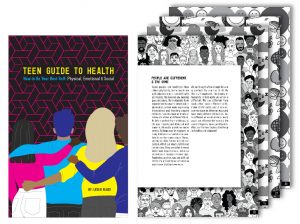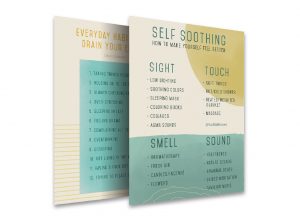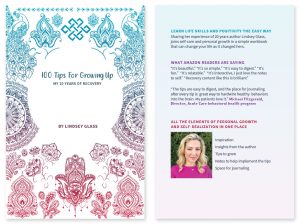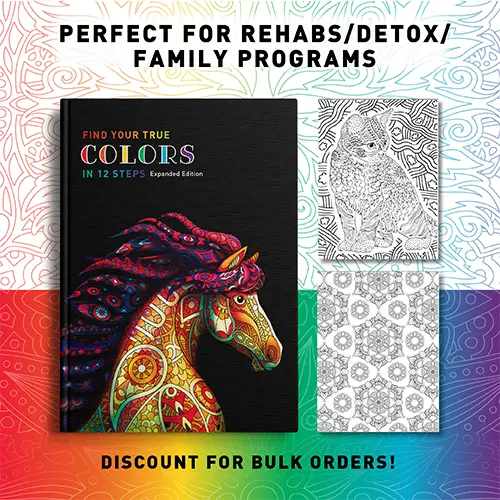The Silent Burnout of The Caregiving Daughter: When Caretaking Becomes a Life Sentence
Are you a caregiving daughter? If you are one, you know it. I am one and at times it’s dominated and become toxic for me. That’s why I encourage other women who find themselves in this role to make sure they are caring for themselves as well as mom, and often others. See, something quiet and corrosive shows up in many families: an adult daughter who does everything—schedules the appointments, remembers the medications, fields the calls, soothes the siblings, keeps the holiday peace—while slowly losing herself. It rarely arrives with fanfare. It creeps in as “helping,” as love, as responsibility. But over months and years it becomes a chronic state of exhaustion: emotional burnout disguised as duty. And because it often looks like “being a good daughter,” it goes unrecognized—by others and by the daughters themselves—until the cost is impossible to ignore.
Why Do We Become A Caregiving Daughter?
Part of it is cultural: women are socialized to care, to anticipate needs, and to prioritize relationship maintenance above their own comfort. In many cultures women are absolutely expected to care for their moms in later life. Part of it is also relational: family roles settle like cement—someone becomes the organizer, someone becomes the fixer, someone becomes the keeper of the calm. And part is emotional: daughters who grew up trying to earn approval or avoid conflict learn early that caretaking equals love. Put those three together and what begins as devotion becomes an expectation—one that is nearly impossible to refuse without feeling guilty, selfish, or disloyal. Do you know what role you played in your family? I was sometimes a scapegoat, sometimes the clown, and always a caregiving daughter and sister.
What’s The Cost Of Being A Caregiving Daughter?
The cost is real and layered. Emotionally, silent burnout looks like chronic irritability, numbness, and resentment that gets misdirected into small explosions or quiet withdrawal. Physically, it shows up as insomnia, headaches, a weakened immune system, or chronic pain—symptoms that scream “stress” even if the daughter keeps saying, “I’m fine.” Relationally, the daughter’s own marriage, friendships, and parenting suffer because her bandwidth has been tapped out. Professionally, caretaking responsibilities can stall career growth, reduce availability for opportunities, and contribute to financial strain. And generationally, it teaches the next generation that caretaking without boundaries is the family default.
How To Stop Being A Caregiving Daughter?
So how do you stop being on autopilot and reclaim a life that includes care for others—but doesn’t require self-erasure? Here are practical, humane steps that honor both your values and your limits:
- Start by naming it. Awareness is the first breath of freedom. Take inventory: what tasks fall to you automatically? Which conversations do you have to initiate? Which requests come with an internal script of “I’ll do it” before you’ve even thought about what you want? Naming the pattern helps you see it as a role you were given, not a moral obligation you must carry forever.
- Create the smallest nonnegotiable boundary. You don’t have to rewrite the whole family system overnight. Pick one thing you will no longer do automatically—one call you will not answer after 8 p.m., one task you will ask someone else to take on, one day each week you protect for yourself. Small, enforced boundaries reduce burnout faster than heroic efforts.
- Learn the language of refusal (without the melodrama). Guilt is the caretaking engine. Replace over-apologetic no’s with simple scripts that preserve dignity: “I can’t take that on right now,” “I’ll help find someone else,” or “I’m not available, but let’s talk about options.” Practicing these lines out loud dulls the guilt and makes them feel less foreign when you need them.
- Share the load with concrete plans, not vague pleas. Create a caregiving rota, hire help for specific tasks, or outsource time-consuming chores. People are surprisingly willing to help when asked with specific instructions: “Can you drive Mom to her dentist on Tuesday at 10?” is easier to accept than “Can you help with Mom?”
- Protect your nervous system daily. Real self-care is not a luxury; it’s preventative medicine. That means sleep, movement that restores you, brief daily rituals (five minutes of deep breathing, a 10-minute walk), social connection that fills you up, and regular check-ins with a therapist or coach who understands family systems. These practices aren’t indulgence—they’re the scaffolding that keeps you present without burning out.
- Reframe loyalty. Loving someone doesn’t mean becoming their constant project or being a caregiving daughter all the time. Loyalty can look like setting boundaries so you can be steady, reliable, and present instead of overwhelmed, reactive, and resentful. This is the act of love that often goes unseen but is the most sustainable kind.
If you need help saying the words, here are a few short scripts you can adapt:
-
“I love you, but I can’t manage that. Let’s find another solution.”
-
“I’m happy to coordinate, but I can’t do the daily check-ins. Can we split them?”
-
“I need to step back from arranging every appointment. I’ll handle X and you handle Y.”
This work is never just about logistics; it’s about rewriting a family narrative. That’s where guided tools make a difference. The Mother-Daughter Relationship Makeover Workbook for Lasting Change is built for daughters who are tired of doing everything alone. The workbook helps you map the caretaking roles you inherited, practice boundary scripts in a safe space, design a personalized self-care plan, and create a delegation strategy that fits your family’s reality. It includes assessments to clarify what you can realistically hold, journal prompts to work through the guilt, and communication templates so you can ask for help without burning bridges.
If you’re exhausted by the endless list—and if you want a kinder, smarter way to be the daughter you want to be—start with one corner: name one task you’ll hand off this week, set one short boundary, and do one restorative thing that’s just for you. The rest of it can be built, slowly and deliberately. You don’t have to carry the whole family on your back. You can choose a new way that keeps your heart open without costing your life.
To start today: buy the workbook, and try one script at your next family call. You’ll find that saying no in a clear, quiet way is not the end of love—it’s the beginning of sustainable care.
Who Is The Mother-Daughter Relationship Makeover Workbook For Lasting Change For?
Everyone who wants to understand and improve relationships with family. This workbook is for mothers and daughters of all ages and stages. Maybe you’re a mother who longs to reconnect with your adult daughter, or doesn’t understand what went wrong with her. Maybe you’re a daughter who desperately needs to let go of old resentments and hurts. Maybe you’re somewhere in between, just knowing there must be a better way.
It’s also for anyone who:
-
Feels stuck in repetitive conflict
-
Wants to create healthier boundaries
-
Craves more closeness but doesn’t know how to get there
-
Is healing from a dysfunctional or toxic family system and needs tools for recovery
If you’ve ever wanted more love, more peace, more understanding in your most important relationship, this book was made for you.
Why It Matters Now
Healing doesn’t just impact you and your mother (or daughter). It ripples outward. The way we show up in this relationship influences how we connect in every area of our lives—with our children, partners, friends, even colleagues. Breaking the cycle of hurt here means creating a new legacy of healthier love.
This workbook gives you the structure and courage to begin that process—and to keep going until lasting change is real.
A Loving Invitation
If you’re ready to stop being the caregiving daughter the same painful dynamics, if you’re ready to learn new tools and write a new story for yourself and your family, The Mother-Daughter Relationship Makeover Workbook For Lasting Change is your guide.
Healing isn’t easy—but it is possible. With reflection, practice, and support, you can build a relationship rooted in respect, compassion, and genuine love. This workbook is here to help you get there.
Because every mother and daughter deserves a chance to heal. And so do you.
CHECK OUT THE FIRST BOOK
Follow us onInstagram
Like us on Facebook
Comment on our posts


